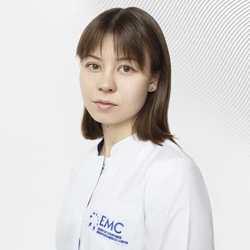Rehabilitation after stroke
Treatment and rehabilitation after stroke according to international standards
Consequences of stroke
Early rehabilitation in the intensive care unit
Restoring balance and walking
Restoration of speech and swallowing function
Recovery of memory and cognitive functions
Restoration of pelvic organ functions
Restoring self-service skills
Home care
Assessment of rehabilitation effectiveness
Treatment and rehabilitation after stroke according to international standards
- Treatment in the acute period of stroke (thrombolysis, thromboextraction), prevention of complications
- The whole range of the latest rehabilitation methods
- Prevention of recurrent stroke
- Doctors with experience in the USA, Israel and Europe
Consequences of stroke
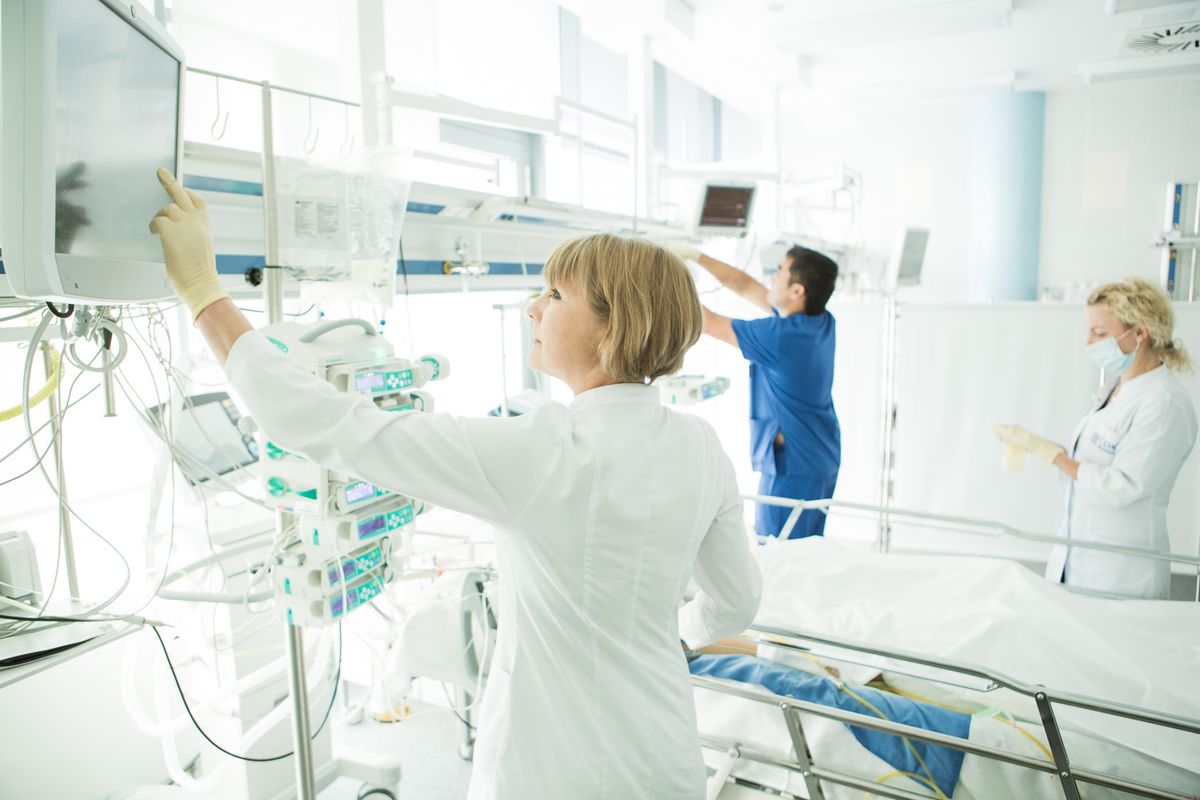
Stroke is an acute violation of cerebral circulation. The risk of stroke increases with age, and as life expectancy increases and the population ages, this disease is increasingly becoming a cause of disability. In Russia, 400-450 thousand new cases of stroke are registered annually. The consequences of a stroke depend on how quickly the patient was treated, as well as on the area and degree of brain damage.
A stroke in the left hemisphere often leads to weakness in the right limbs and impaired speech. Damage to the right hemisphere causes paralysis of the left arm and leg and often loss of field of vision on the left side. A focus in the cerebellum leads to an imbalance. Acute circulatory disorders in the brain stem cause respiratory, swallowing, speech, hearing, and eye movement disorders. As a rule, stroke generates a complex of disorders, for example, hemiparesis (paralysis of one side of the body) is often accompanied by speech disorder (aphasia) and balance disorders. Therefore, a multidisciplinary approach is important in stroke rehabilitation, when doctors of different specialties are engaged in restoring various functions, but within the framework of a single rehabilitation process.
Early rehabilitation in the intensive care unit
When a stroke patient is admitted to the EMC hospital, we begin rehabilitation in the first hours of hospitalization. The rehabilitation started in the first 72 hours leads to the maximum possible and fastest restoration of lost functions.
Rehabilitation during the acute period of stroke avoids complications such as thrombophlebitis, thromboembolism, aspiration pneumonia, which worsen the course of the disease and can lead to the death of the patient. As soon as the patient's condition allows, he is transferred to a rehabilitation center for rehabilitation treatment. It is most effective to begin rehabilitation in the center as early as 3-4 days after an acute cerebrovascular accident. Early and intensive rehabilitation makes it possible to fully utilize the plasticity of the brain: to force uninjured neurons to "relearn" quickly in order to take over the functions of dead brain structures. After a severe and moderate stroke, it takes from 3 to 12 weeks of rehabilitation treatment.
Several specialists participate in the rehabilitation of a stroke patient: a physical therapy instructor (physiotherapist), a speech therapist, an occupational therapist (specialist in human adaptation to the environment, taking into account lost and preserved functions), a neurologist, a medical psychologist, etc.
The patient works out for 5-6 hours a day — with such an intensity of training, as the experience of the world's leading rehabilitation clinics shows, recovery is faster and more effective.
Restoring balance and walking
The EMC Medical Rehabilitation Center is equipped with a unique set of equipment for early motor rehabilitation after stroke:
-
ReoAmbulator is a robotic neuro–rehabilitation system used for paresis (decreased muscle strength due to damage to nerve pathways) and paralysis of the lower extremities, which allows you to start restoring walking skills as early as possible — at the stage when the patient is still unable to walk independently. Thanks to the biofeedback system that the ReoAmbulator is equipped with, the patient sees the process of his walking and can evaluate it. This allows you to develop the correct biomechanics of walking from the very beginning.
- For patients who can already walk on their own but need support, training on the AlterG anti-gravity treadmill is effective. The simulator is also equipped with a biofeedback system, which makes it easier to train the correct walking pattern. Often, even when regaining strength in the legs, patients refuse to walk for fear of falling. In this case, classes are conducted using the Bioness Vector safe walking system, which supports the patient and, if necessary, relieves stress on the musculoskeletal system. The patient can do a variety of exercises — squats, lunges, forward bends, turns of the head and torso — without the risk of falling.
- Balance rehabilitation is performed on the COBS Physiomed training platform. Thanks to biofeedback, patients receive graphical and audio prompts in real time, which allows them to achieve a greater range of movements and intensity of training. At the same time, cognitive functions are trained. ReoGo is a robotic system used for paresis and plegia of the upper extremities.Designed to train fine motor skills of the hands, increase the strength and volume of hand movements.
Restoration of speech and swallowing function
Patients with speech disorders are engaged daily with a speech therapist-aphasiologist. Early initiation of therapy, systematic classes, and simultaneous overcoming of speech, comprehension, reading, and writing disorders are important for speech recovery after a stroke. Stroke is often accompanied by dysphagia, a swallowing disorder. A speech therapist, an aphasiologist, is also involved in restoring this function. All stroke patients who come to our center are screened for dysphagia. It is important to diagnose swallowing disorders in time, as they can lead to the development of a serious complication — aspiration pneumonia. If swallowing disorders are detected, the speech therapist prescribes the necessary nutritional consistency, teaches the correct position of the body and head during swallowing, massages and stimulates the muscles of the larynx. Neuromuscular training to restore voice and swallowing is performed on an electrostimulator device for the muscles of the larynx and pharynx VocaStim.
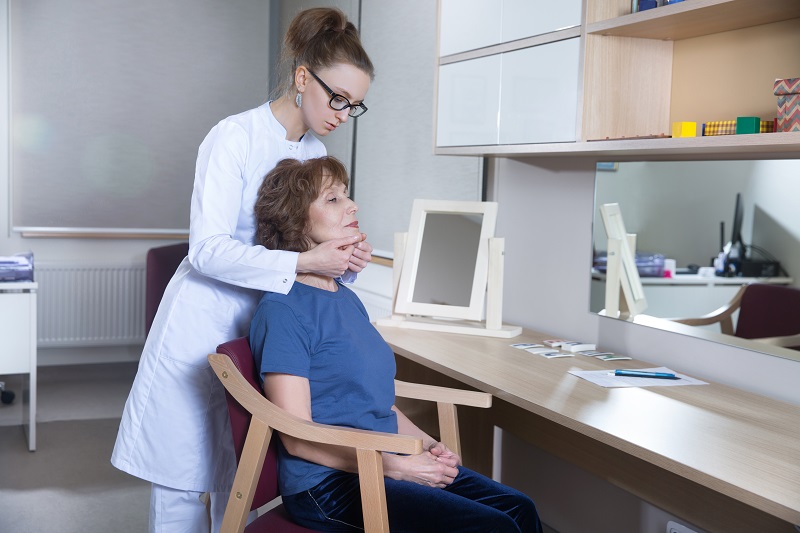

Recovery of memory and cognitive functions
About 70% of stroke patients suffer from cognitive impairments of varying severity. Even minor inhibition of mental function and memory significantly impairs the quality of life of patients and negatively affects the recovery of other neurological functions. Our center has an interactive cognitive rehabilitation system, CogniPlus, which includes programs to restore operational and long-term memory, attention, planning ability, and constructive
problem solving.
Restoration of pelvic organ functions
In the acute stage of stroke, urinary incontinence and involuntary defecation are observed in 50-70% of patients, and disorders persist in 15-25% of patients. In our center, a neurologist performs comprehensive diagnostics and rehabilitation of pelvic organ functions. The study is performed using the Triton urodynamic system. The computerized Urostym electrical stimulation system is used to strengthen the functions of the pelvic floor muscles.
Restoring self-service skills
For successful rehabilitation after a stroke, it is very important not to let the patient get bored, stare at the "white ceiling", and feel helpless. Therefore, the most important role in the rehabilitation of patients after stroke is assigned to occupational therapy — adaptation to everyday life, taking into account existing disorders. Classes on restoring household skills and self-service skills are held in the training apartment. The center also has a specially equipped gym for restoring driving skills and learning how to move into a car. In addition, to help patients recover from stroke, we use the world's first interactive virtual reality system, Nirvana Physiomed, which provides full sensory (auditory, visual, and olfactory) immersion in virtual reality, allowing patients to complete tasks of varying complexity.
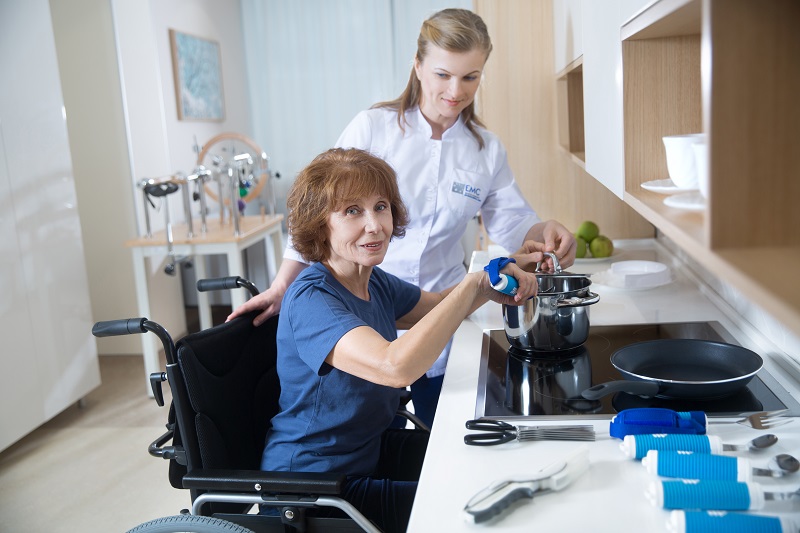

Home care
After discharge from the rehabilitation center, the patient needs to continue classes at home. We create an independent training program for each patient, and if necessary, the rehabilitation team goes home. The center's specialists also assist in organizing a safe environment for the patient: installing handrails, handrails, bathroom, kitchen, etc. The social worker provides the patient and his family with information and psychological support, helps to overcome the difficulties of adaptation after discharge.
Assessment of rehabilitation effectiveness
The team meets weekly for a consultation, where specialists exchange patient data and evaluate the dynamics of the rehabilitation process. The results achieved are evaluated according to international scales. One of the most important in the rehabilitation of patients after stroke is the FIM functional independence scale, which makes it possible to assess the degree of independence of the patient in everyday life.
Make an appointment for a consultation and we will contact you for more details
Why the EMC
The first and only clinic in Russia, created in the image of the world's leading clinics
EMC is a multidisciplinary center offering patients a high level of medical services and a personalized approach
600
world-renowned doctors
57
treatment directions
36
years take care of your health
24/7
we work at any convenient time
Worldwide recognition and awards
Our achievements have been confirmed by prestigious international awards
 Learn more
Learn more
Worldwide recognition and awards
We work according to international standards, we have licenses and certificates
 Certificates and licenses
Certificates and licenses
Make an appointment for a consultation
Specify your contacts and we will contact you to clarify the details
Independent assessment of the quality of services provided by medical organizations
We accept payment
© 2025 The European Medical Center
Ways to contact the clinic
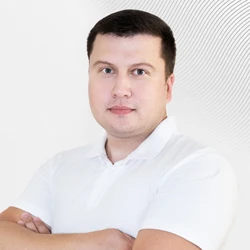
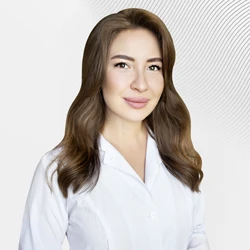
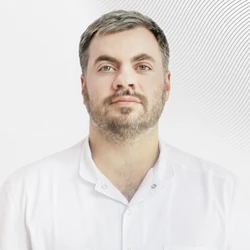

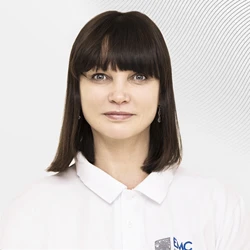

.webp)
.webp)
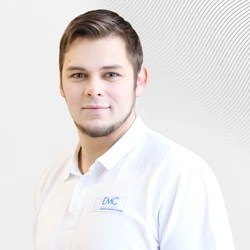
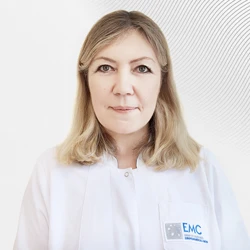
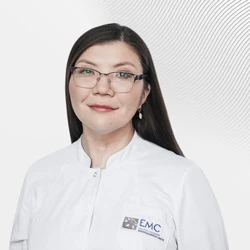
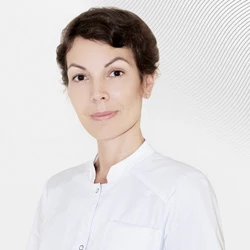

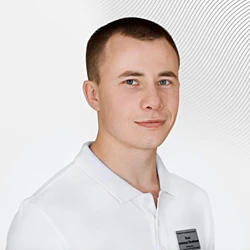

.webp)
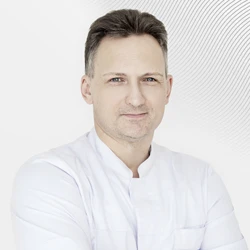
.webp)
